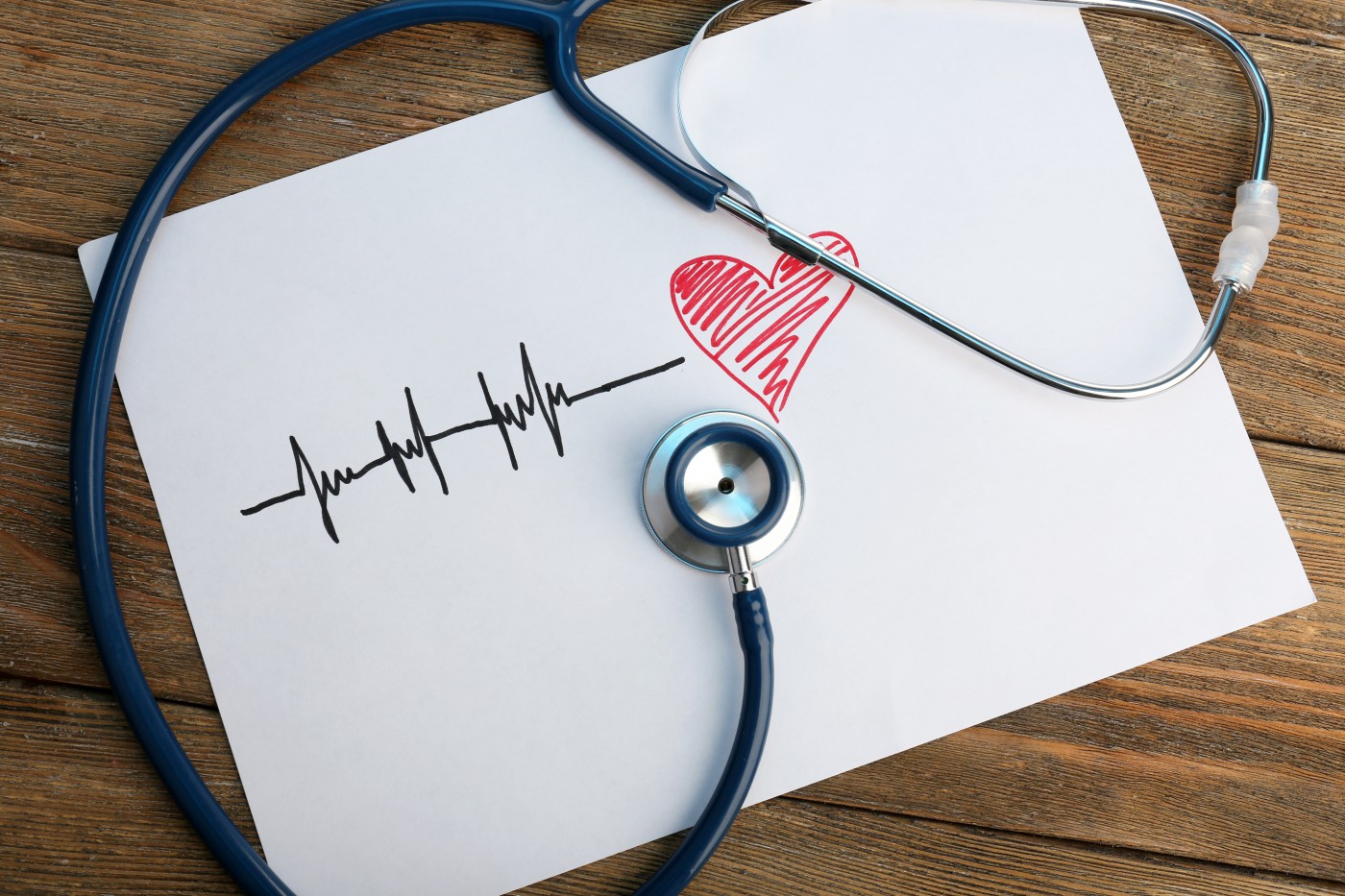Researchers at the Medical College of Georgia at Georgia Regents University have recently been awarded a $2.2 million grant from the National Heart, Lung, and Blood Institute (NHLBI) for the study of cardiovascular disease risk as a result of obesity.
Obesity is considered a serious public health problem worldwide and is associated with the development of medical conditions like heart disease, type 2 diabetes and certain types of cancer. Emerging evidence suggests that an increase in muscle mass, even without fat loss, helps decrease the cardiovascular risk associated with obesity.
Researchers at the Medical College of Georgia were interested in this observation and the relationship between fat, cardiovascular disease and muscle mass. “If you look at the exercise literature, we understand very well that if you exercise, things get better. What we don’t really understand is what about exercise is good; what does it tell us about physiology and how disease starts, and how can you customize it to different populations?” explained the NHLBI grant’s co-Principal Investigator Dr. David Stepp in a news release.
Muscles are known to be a huge consumer of glucose (sugar), a natural energy source that is frequently elevated in obese individuals. In comparison to fat, “muscle is a much more metabolically active tissue, even when it’s just sitting there,” explained Dr. Stepp. “It burns more oxygen at rest; it burns more energy at rest; so it burns more calories at rest.”
“We are trying to establish links between the health of skeletal muscles and the circulatory system,” added the NHLBI grant’s co-Principal Investigator Dr. David Fulton. “When you eat, most of the glucose ends up in your skeletal muscle. When you are young, most of your body mass is skeletal muscle, so that glucose is efficiently distributed in the places where it should go to get used for energy and work.”
Drs. Stepp and Fulton have previously shown that an increase in muscle mass has a beneficial clinical effect in obese mice, namely at the cardiovascular level where blood vessel dilation and glucose tolerance were found to be increased, while insulin resistance was decreased.
“If the insulin burner gets bigger [muscle] and the storage (fat) gets smaller, that’s good,” explained Dr. Stepp. “What we have demonstrated is that if the burner gets bigger, no matter what the storage does, it’s still good.”
When the team analyzed obese mice in more detail, they found that the superoxide-producing gene Nox1 is over expressed in the blood vessels, probably due to the high glucose levels in the blood. The finding led the team to suggest that Nox1 plays a key role in obesity-related vascular disease. Other researchers have shown that in fact Nox1 depletion could improve the cardiovascular condition in obese mice.
The research team is now investigating how high blood glucose levels increase Nox1. “We know that high glucose goes to Nox1 goes to superoxide, and superoxide goes to cardiovascular disease. What we don’t know is what is in between glucose and Nox1,” noted Dr. Stepp.
One possibility under investigation is linked to galectin-3, a receptor that gets coated with glucose when its circulating levels are too high, triggering the production of more Nox1.
The team hopes that the recent awarded NHLBI’s grant will help them get the answers they are looking for in order to better understand the link between obesity, cardiovascular risk and muscle mass, and identify possible therapeutic targets.


